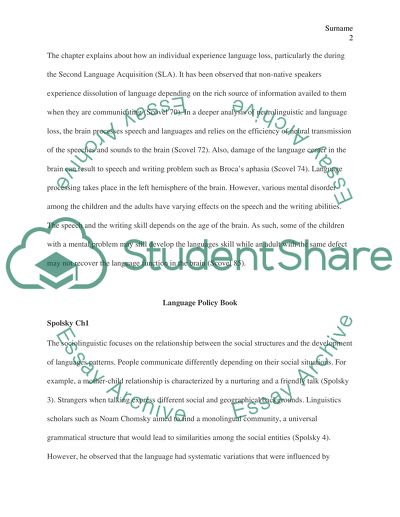Cite this document
(“Learning New Languages: A Guide to Second Language Acquisition Book Essay”, n.d.)
Learning New Languages: A Guide to Second Language Acquisition Book Essay. Retrieved from https://studentshare.org/english/1664177-learning-new-languages-a-guide-to-second-language-acquisition-book
Learning New Languages: A Guide to Second Language Acquisition Book Essay. Retrieved from https://studentshare.org/english/1664177-learning-new-languages-a-guide-to-second-language-acquisition-book
(Learning New Languages: A Guide to Second Language Acquisition Book Essay)
Learning New Languages: A Guide to Second Language Acquisition Book Essay. https://studentshare.org/english/1664177-learning-new-languages-a-guide-to-second-language-acquisition-book.
Learning New Languages: A Guide to Second Language Acquisition Book Essay. https://studentshare.org/english/1664177-learning-new-languages-a-guide-to-second-language-acquisition-book.
“Learning New Languages: A Guide to Second Language Acquisition Book Essay”, n.d. https://studentshare.org/english/1664177-learning-new-languages-a-guide-to-second-language-acquisition-book.


